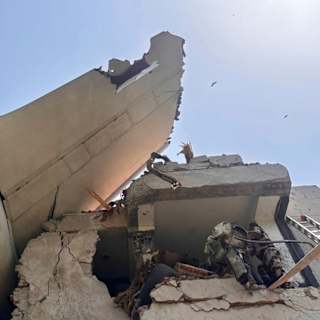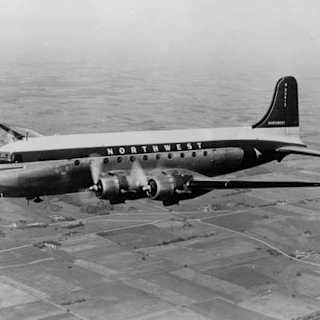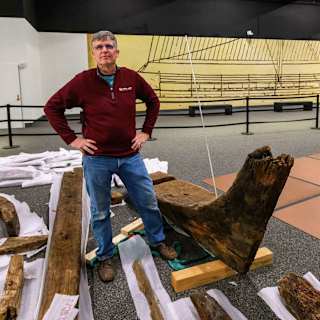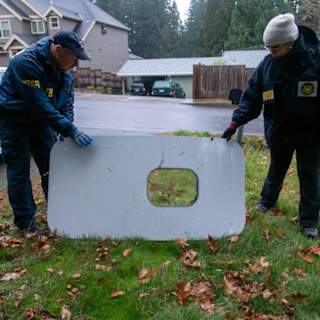- Expedition Plans Target November Launch
- Evidence Supporting Island Theory
- Purdue's Historical Connection
On the 88th anniversary of Amelia Earhart's disappearance, Purdue Research Foundation announced Tuesday a joint expedition with Archaeological Legacy Institute to investigate what researchers believe could be the aviator's lost aircraft in the lagoon of a remote Pacific island.
The "Taraia Object Expedition" will launch in November to examine a visual anomaly spotted in satellite imagery near Nikumaroro Island, approximately halfway between Australia and Hawaii. The expedition represents the latest attempt to solve one of aviation's most enduring mysteries, coming after a high-profile search by Deep Sea Vision last year yielded only disappointment when sonar images of what appeared to be aircraft wreckage turned out to be rocks.
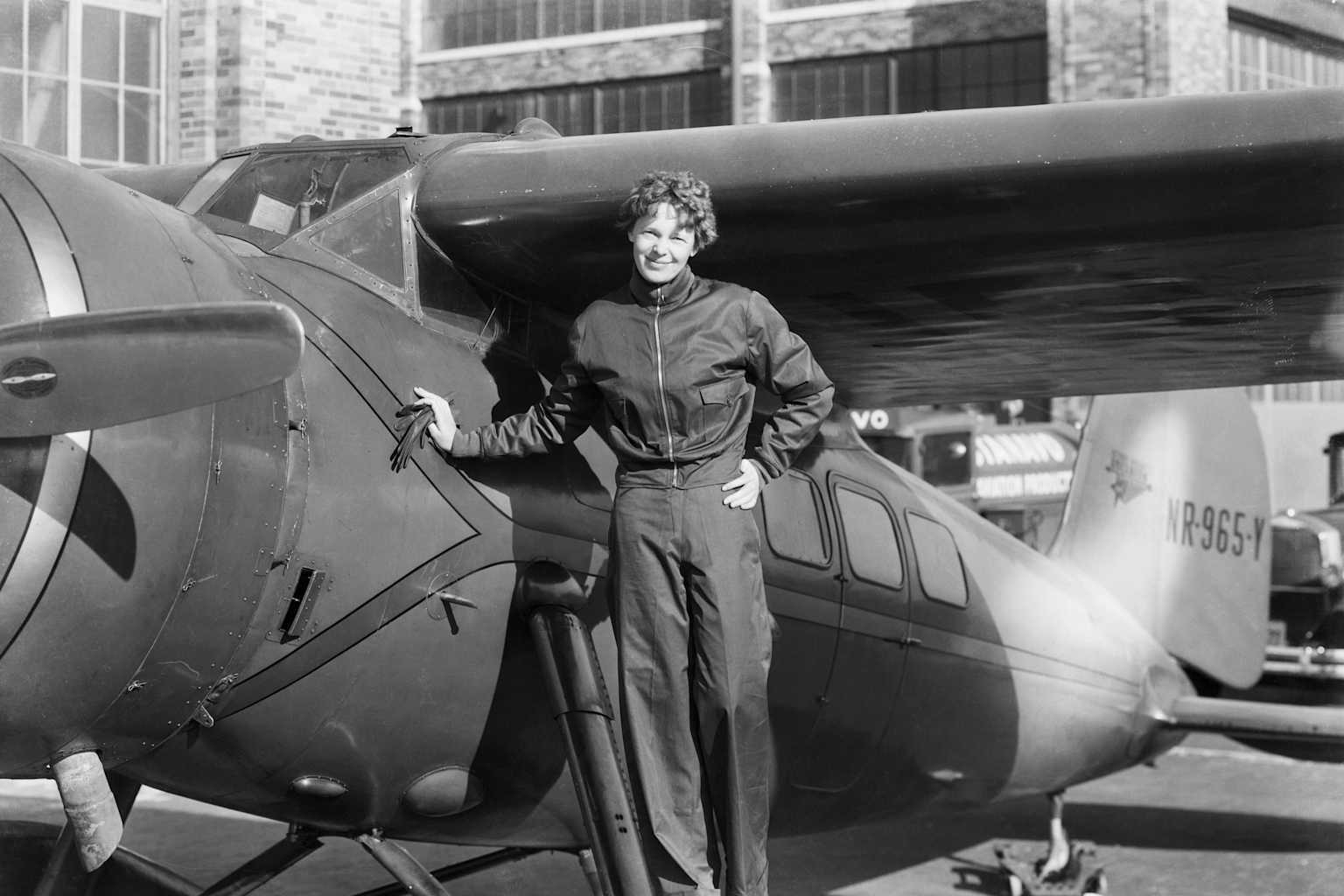
The team plans to depart from Majuro in the Marshall Islands on November 5, spend five days investigating the so-called Taraia Object, and return November 211. Richard Pettigrew, executive director of Archaeological Legacy Institute, will lead the effort to examine the metallic anomaly visible in the Nikumaroro lagoon since at least 20152.
"What we have here is maybe the greatest opportunity ever to finally close the case," Pettigrew said1. "With such a great amount of very strong evidence, we feel we have no choice but to move forward and hopefully return with proof."
The expedition will focus on an area alongside the Taraia Peninsula, where the object appears consistently in satellite images, aerial photos and drone footage3. If the initial investigation confirms aircraft remains, the organizations plan larger excavation efforts in 20261.
The Nikumaroro hypothesis rests on decades of circumstantial evidence compiled largely by The International Group for Historic Aircraft Recovery. Radio bearings from Navy, Coast Guard and Pan American Airways transmissions converged on Nikumaroro at the time of Earhart's disappearance1. A 2017 bone analysis determined that human remains found on the island in 1940 matched Earhart's measurements more closely than 99% of individuals1.
Artifacts discovered include a woman's shoe, compact case, freckle cream jar and medicine vial dating to the 1930s1. The "Bevington Object," photographed three months after the disappearance, appears to show Electra landing gear on the reef1.
Purdue University funded Earhart's Lockheed Electra 10E aircraft through the Amelia Earhart Fund for Aeronautical Research, with contributions from trustee David Ross and companies including Western Electric and Goodyear1. Earhart served as a visiting faculty member, counseling female students on careers while preparing for her round-the-world flight attempt1.
"Both Earhart and her husband and manager, George Putnam, expressed their intention to return the Electra to Purdue after her historic flight," said Steven Schultz, Purdue's senior vice president and general counsel1.
